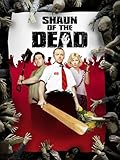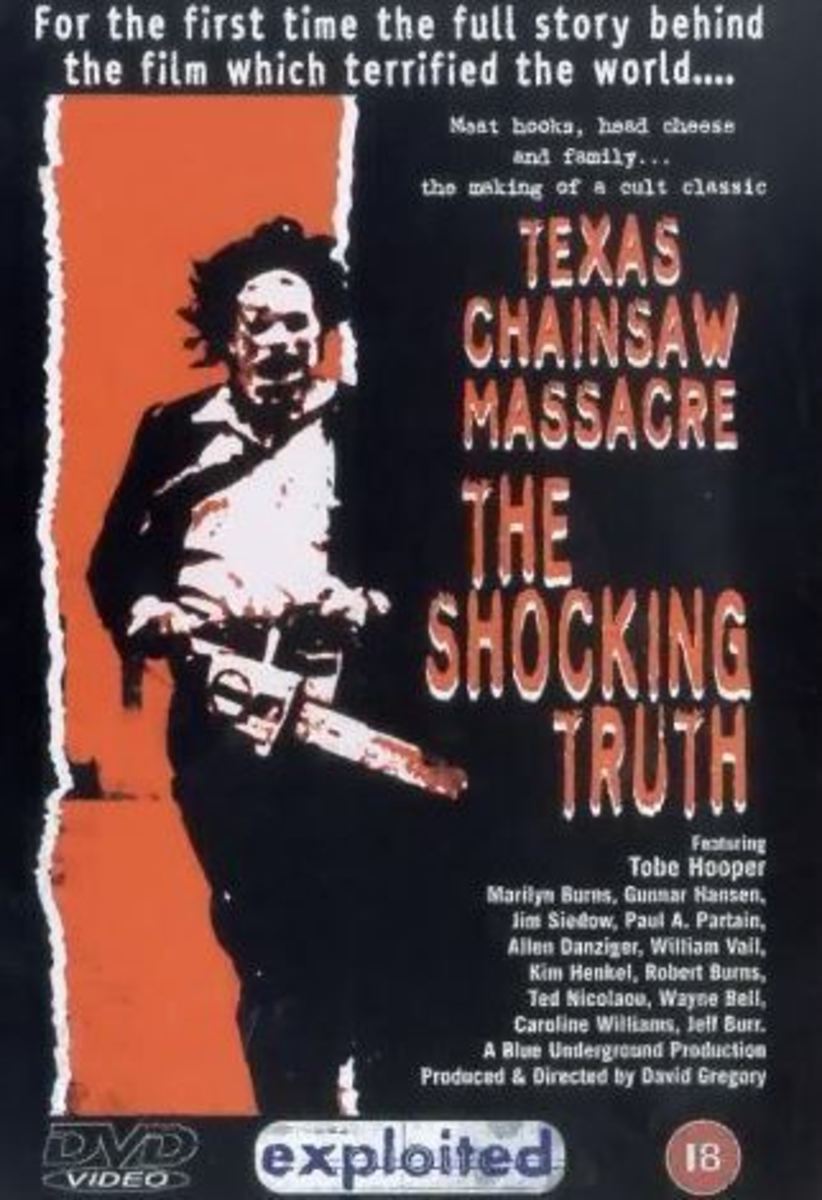The Rise and Fall of the Horror-Comedy
Who would’ve thought that horror films could actually make us laugh?
Once upon a time in the 1920s and 30s, horror was a burgeoning new genre in the United States. While foreign films like The Cabinet of Dr. Caligari (1920) gave birth to the gothic aesthetic that influenced early American horror films, Universal’s classics like Dracula (1931), The Mummy (1932), Frankenstein (1931) and many others firmly established the conventions of the genre. At the time they first screened they scared the pants off of audiences, but today they are frankly tame, and more valued for their genre innovation and cultural commentary than their fear factor.
Sitting down to watch an old horror film today is a mixed experience. If we pay close attention, we can find out what a culture deemed ‘monstrous’ at the time a film was made. For example, Frankenstein is driven by fears of sexual ‘deviancy’: a man, Dr. Frankenstein, is given the ability to create life, his only partner in this task being his also male assistant, Fritz. Dr. Frankenstein repeatedly shuns the love of a female character in favor of his continuing search for his male monster, who later sneaks into this female character’s bedroom and does something scary to her while she lays in bed. (Remember, at this period in film history, sex could barely even be suggested.) Though this film is rich in subtext that lays bare the fears and misgivings of American culture regarding what is sexually monstrous, I still can’t help but giggle when I see Fritz pick up the jar conspicuously labeled ‘abnormal brain’. Because horror films have a tendency to exaggerate things beyond belief, they share a kindred spirit with comedies, especially those parodic and satirical. Mel Brooks was well aware of this when he created his parody of Frankenstein entitled Young Frankenstein (1974), the tagline for which was “The scariest comedy of all time!” In itself this tagline is kind of a joke; the movie isn’t scary at all.
Many films have experimented with blending horror and comedy in different ways. Wes Craven, a director famous for his early independent horror/slasher films such as The Last House on the Left (1972), The Hills Have Eyes (1977) and, of course, A Nightmare on Elm Street (1984), took his horror in a new direction when he created the self-reflexive, possibly satirical horror film Scream (1996). While not necessarily a comedy in itself, Scream helped spawn a particularly American breed of horror-comedy that I affectionately refer to as the ‘rip-off compilation’, more commonly called ‘spoofs’. You might know them simply as the Scary Movie series. (It is worth noting that the Scary Movies were followed up by other genre rip-offs like Not Another Teen Movie (2001), Date Movie (2006) and Epic Movie (2007)). These films are characterized by the recontextualization of scenes, characters, or icons from notable horror films, which are then subverted for the purposes of comedy. If you’ve seen Scream, you’ll recognize the first scene in Scary Movie, only this time instead of the innocent Casey (Drew Barrymore) getting killed, we have the hypersexualized Drew (Carmen Electra) getting stripped naked, stabbed in her breast implant, run over by a car and then murdered. Some people might find this type of comedy to be pretty tasteless and immature, and certainly the shock and awe factor has worn off over the course of Scary Movie’s three sequels.
This brings me to a sad truth about horror films and their spoofs: a lot of them are really bad. Cheap effects, terrible acting, and worse writing seem to pop up in this genre more often than any other, following the trend set by independent B-movies of the 1950s like Attack of the 50 Foot Woman (1958) and It Came From Outer Space (1953), but strangely enough these traditionally ‘bad’ qualities can add up to an unexpectedly funny movie. Whether the intention to be funny is there is another question entirely. Looking at a film like Black Sheep (2006), the premise of which is that genetically engineered sheep gain a taste for human blood and those they bite become monstrous were-sheep, it’s pretty safe to assume that there’s no way it could possibly be serious. It follows the conventions of the horror/monster movie genre—boy comes to an isolated place, faces his worst fear (of sheep), meets girl, saves the world from monsters, takes girl home to a better life—but it lacks the sense of fear that most horror films aspire to, instead choosing to replace that fear with laughter. The inherent ridiculousness and sheer impossibility of some of the scenarios we are presented with in horror films can make them funny.
What I’d like to see in American horror-comedy is less of the overt, exaggerated joking of the spoofs, less of the low production values of ‘bad’ horror, and more of the subtle, careful referencing and satire provided by one of my favorite films, Shaun of the Dead (2004). If you’re a fan of British comedy, zombie flicks, or non-stop referencing, I cannot recommend this film more highly. Shaun of the Dead, directed by Edgar Wright, gets its title from the George Romero’s Dawn of the Dead, the film that basically created the mythos behind the American movie zombie. Shaun of the Dead is filled to the brim with references to Romero’s work, but it also completely works on its own as a unique film. Unlike Scary Movie, it doesn’t ride on the fact that you’ve seen the films it’s referencing; the references are only an added boon for fans. What makes it work is its attention to the conventions of both the horror and comedy genres (not to mention excellent writing and cinematography). Instead of trying to subvert one genre to spawn the other, it actually follows the conventions of both, creating a non-contentious blend of fright and laughs. I can appreciate and study the film for its consciousness of both genres and the expectations that go along with them, or I can allow myself to identify with the characters and simply be taken along for the hilarious, scary ride.








